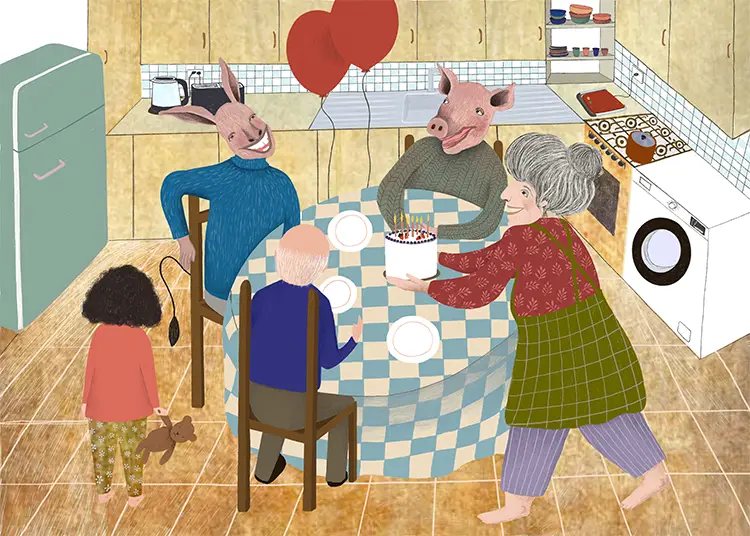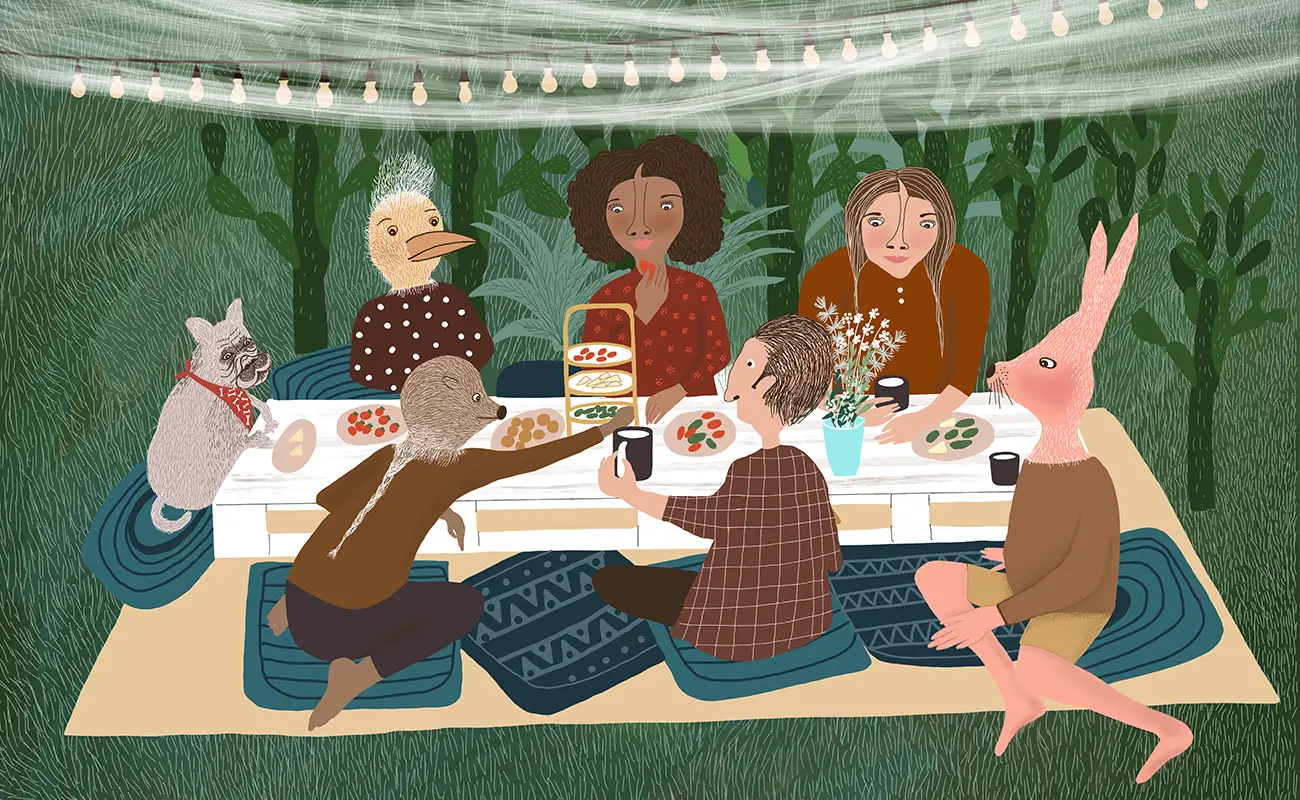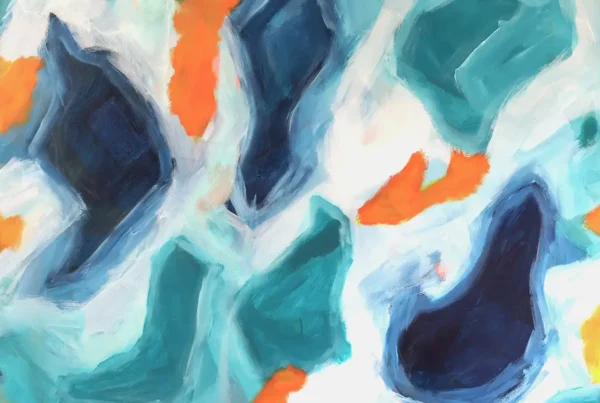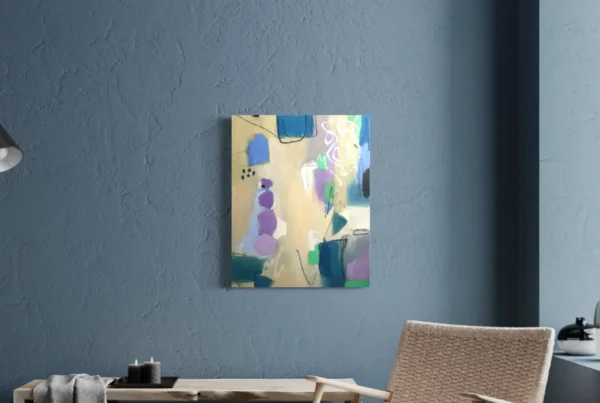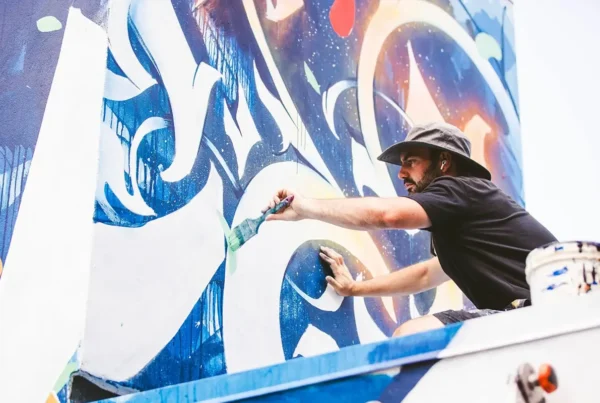“Each animal I draw has its own personality, story, and expression, which makes the artwork unique and relatable.”
The Roots of a Visual Voice
Parisa Nejad’s journey into the world of art began not in galleries or studios, but in the quiet, expansive countryside where she spent her childhood summers. Surrounded by the raw textures and colors of nature, she cultivated an early sensitivity to the hidden life of the world around her. She found beauty in the irregular — in water stains on stone, in the shifting shapes of clouds, in the way branches could resemble gestures. This innate curiosity soon translated into a fascination with drawing, particularly animals and human figures. Long before her formal training began, she was already crafting her own creative language using leaves, rocks, and clay. These natural materials weren’t just tools; they were her first collaborators in understanding form, symbolism, and the emotional potential of objects.
Her path solidified during high school, where she committed to studying art in a more structured way. This period allowed her to experiment with diverse techniques, giving her a foundation in both skill and visual literacy. However, it was during her university studies in graphic design and visual communication that she found the intersection between design principles and storytelling. Even as she fulfilled the academic requirements of her course, she gravitated toward illustration as her primary mode of expression. It became clear that visual storytelling, especially through animals and symbolic forms, was where her passion truly lived. During this time, early illustration projects began to form her identity as an artist, building not only technical confidence but also a clear sense of artistic direction.
Nejad’s career did not emerge overnight; it evolved organically from her longstanding relationship with image-making and emotional narrative. Her early exploration of nature, combined with academic exposure and self-directed work, created a hybrid artistic voice — one grounded in realism yet open to imaginative transformation. Today, she continues to draw upon the influence of her childhood experiences, layering them with professional insight to create work that resonates deeply. Her pieces do not simply depict animals or scenes; they tell layered stories of connection, resilience, and shared vulnerability, all rooted in the emotional memory of those formative years.
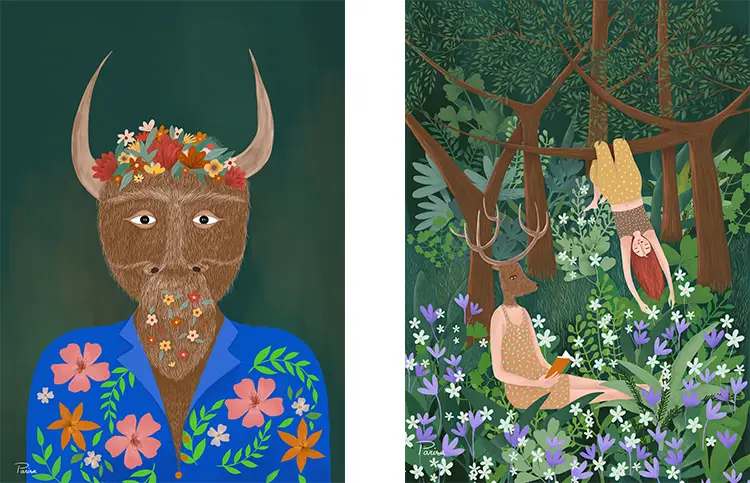
Parisa Nejad: Emotional Mirrors in Animal Forms
At the heart of Parisa Nejad’s illustration practice lies a striking blend of realism and imaginative interpretation. Her work frequently centers on animals, yet these are not mere representations of wildlife. Instead, each creature she portrays becomes a character in its own narrative — often imbued with human-like emotion, posture, and psychological depth. Her animals do not just exist within nature; they express it, often acting as stand-ins for the emotional states and complex inner worlds of people. This anthropomorphic approach invites viewers to recognize parts of themselves in the tilt of a fox’s head or the quiet intensity in the eyes of a bear. Her animals are never generic; they are soulful, specific, and fully alive.
The emotional thread running through Nejad’s art focuses on the often-overlooked relationship between humans and the natural world. Her illustrations serve as intimate explorations of empathy, transformation, and emotional kinship between species. Using rich color palettes, dynamic compositions, and expressive textures, she builds scenes that feel both mythic and immediate. Symbolism plays a central role, allowing animals to embody personal or collective struggles. Through this lens, her work becomes not just visual storytelling, but a form of emotional cartography — mapping grief, joy, strength, and vulnerability through feather, fur, and claw.
This artistic perspective is deeply informed by her admiration for Frida Kahlo, whose influence is evident in both thematic intensity and symbolic clarity. Nejad finds inspiration in Kahlo’s fearless vulnerability and ability to merge physical reality with emotional truth. One artwork that especially resonates with her is Kahlo’s The Wounded Deer. The piece, which fuses human and animal forms to convey suffering and strength, mirrors Nejad’s own interest in hybridity and emotional metaphor. Like Kahlo, she chooses visual elements with intention, using animals not simply as aesthetic subjects, but as vessels for powerful, often universal, feelings. This kind of storytelling, which blurs boundaries and invites introspection, remains central to Nejad’s evolving body of work.
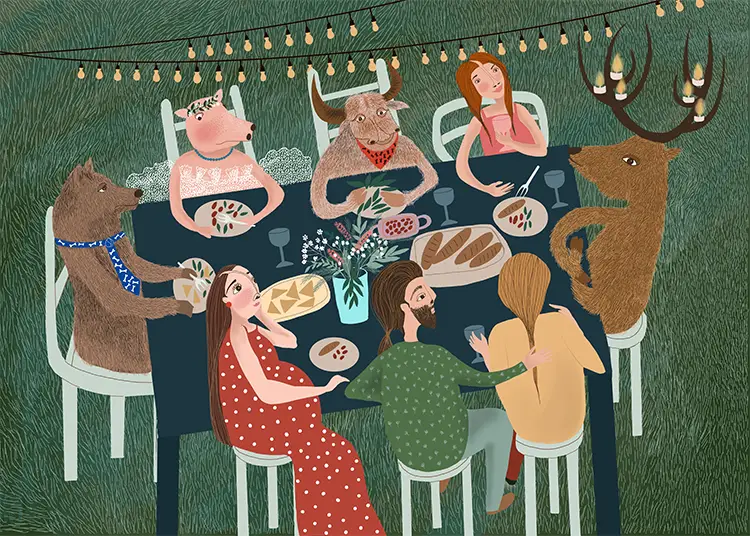
Natural Materials, Chosen Mediums
Nejad’s relationship with materials has always been tactile and exploratory, shaped by an openness to experimentation. Over the years, she has worked across a wide range of techniques, from the fluid unpredictability of watercolors to the controlled precision of digital tools. Yet, it is acrylic paint that ultimately became her preferred medium. Acrylics offer her a flexibility of layering and vibrancy that aligns closely with the kind of visual depth and emotional clarity she aims to achieve. Their quick drying time and ability to blend in rich, solid tones make them ideal for rendering the subtle nuances in animal expressions and the dreamlike qualities of her compositions.
To further enrich the surface of her work, Nejad often integrates colored pencil over the acrylic base. This combination allows her to sharpen details, build texture, and draw attention to emotional cues within the artwork. The layering of media also reflects the layering of meaning within her pieces — nothing is flat or singular. Just as her subjects are multifaceted, so too are the materials she employs. While digital illustration plays an important role in her practice, especially for projects requiring mobility or rapid iteration, it remains a complement rather than a replacement. Watercolors, though used less frequently, still find a place in her artistic toolbox, especially when a softer, more translucent atmosphere is desired.
Her choices are never arbitrary; each medium is selected based on its ability to serve the emotional and narrative goals of the piece. For Nejad, the act of painting is not just technical execution but a form of storytelling in itself. The physicality of layering paint and pencil mirrors the emotional complexity she seeks to convey. Her animals are not painted into existence; they are built, gradually, through deliberate choices in tone, pressure, and stroke. This attention to material and method is essential to her practice and enables her to maintain a balance between controlled design and spontaneous expression.
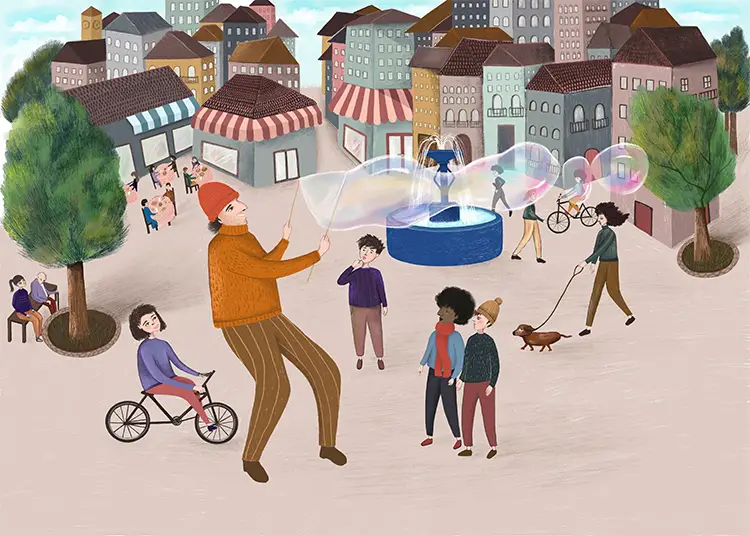
Parisa Nejad: A Cultural Imagination in Waiting
Among the ideas that Parisa Nejad has long dreamed of bringing to life, one stands out for its cultural resonance and artistic ambition: an illustrated exploration of Persian rituals and celebrations. For Nejad, this project represents more than a creative challenge — it is a personal homage to heritage, identity, and the timeless stories that have shaped generations. Persian traditions are rich with metaphor, symbolism, and historical continuity, offering a treasure trove of visual and narrative material. Nejad envisions interpreting these customs through the language of illustration, not simply to preserve them, but to reimagine them for contemporary audiences. Through this lens, her art becomes a bridge between the ancestral and the modern.
This envisioned body of work would allow her to merge several core interests: the symbolism inherent in ritual, the emotional storytelling present in her animal figures, and her commitment to cultural engagement. By interpreting celebrations such as Nowruz or Mehregan through a stylized, character-driven approach, she hopes to reveal the emotional undercurrents within these traditions. Each festival carries its own story of change, resilience, and renewal — themes that are already central to her artistic practice. Nejad’s approach would not be didactic or overly literal; instead, she aims to infuse these scenes with subtle allegory and emotional texture, drawing viewers into the spirit behind the ceremony.
For Nejad, this project is not just about art but about connection — between cultures, between generations, and between the personal and the universal. Through careful illustration and narrative nuance, she hopes to offer a fresh perspective on rituals that are often seen as fixed or historical. By presenting them through her signature style, she aspires to open up space for dialogue, memory, and imagination. It’s a dream project that, once realized, could extend her artistic voice into new dimensions, honoring both the past and the possibilities that lie ahead.
